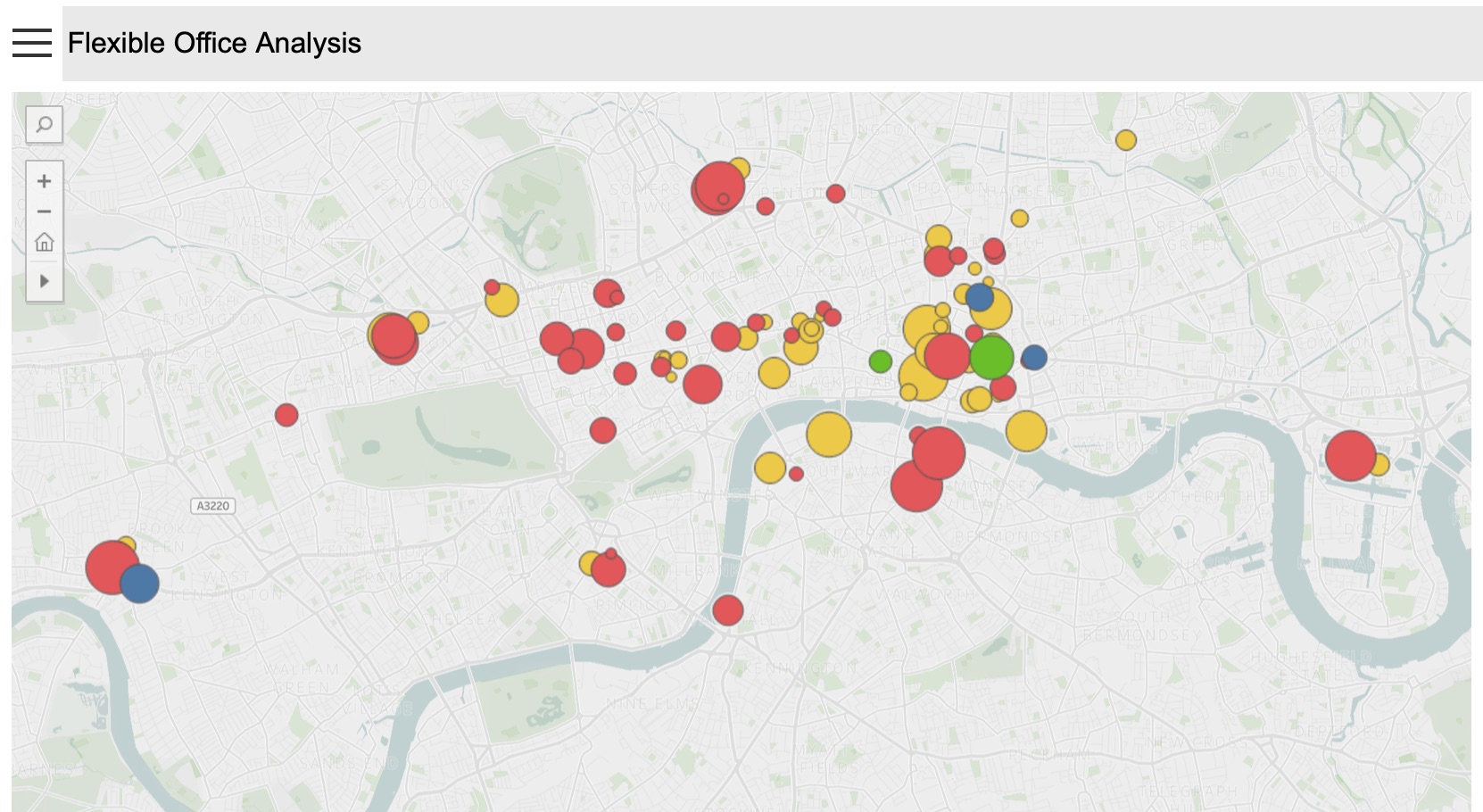The year’s 2000. I was in my final year at high school and had just finished 2 week unpaid work experience in a local estate agents in Huddersfield. I say unpaid – but I clearly made an impression as at the end of the fortnight they gifted me £50 – which was a lot to a 15 year old back then. I subsequently returned for 12 weeks over the summer’s of 2000 and 2001 as their Office Junior temp – filling in for colleagues who were enjoying their summer holidays.
I’d spend my time shadowing one of their partners and learning about his trade of surveying, valuing, letting and selling properties. In between trips out to lock-ups, warehouses and commercial properties I’d find myself photocopying property brochures for the shop floor and window, mail merging property shortlists for prospective clients and doing the 3 daily mail runs to ensure the property particulars were posted out to clients before the Royal Mail collections. I recall Friday’s being a particularly busy day as this was the day after the local newspapers would print the weekly property listings – so we had to ensure we had sufficient printed property particulars ready for the ensuing demand that was expected as people called and came in to enquire about new and promoted listings.
These were the days when digital cameras were a luxury. Go back a couple of years further and estate agents still processed 35mm film to create photos for their property listings. That added to the cost and lead time to list properties. It was only in 1998 that I used my first digital camera – the school’s first Sony FD Mavica camera. The FD moniker stood for the 3.5” floppy disks that they used to store around 20 images per disk. Whilst the camera quality was pretty limited these cameras hinted at the future of digital photography – giving the ability to preview photos before printing, and simplifying how you embed them in documents such as property listings or websites.
It’s a world away from what we expect today. For anyone doing Estate Agency work experience now they’ll probably be googling “mail merge” and “floppy disks”. Today, in a world where companies seek to automate manual tasks, reduce costs and target those important environmental ‘green’ accolades it’s hard to think this was the norm. So much paper was consumed, and time spent printing, photocopying, posting and cold calling prospective clients. I shudder to think of the amount of wastage that was created as a result.
Today’s estate agents are digitally savvy with websites and digital property templates. Some don’t even have physical offices any more. Today an agent wouldn’t think twice about emailing potential properties to buyers or renters. By comparison, back then I knew about email and I even had an ICQmail email account. But it took 30 seconds for AOL to dial up and connect to the internet (-who still remembers that dial tone?) and at a daytime cost of 3p a minute to use the internet at home it is unsurprising that email wasn’t the preferred communication method of the day. Remember these were the days where downloading a 3.5mb MP3 song would take 30 minutes on a home landline connection. Spotify was what dad did when checking my internet usage when the phone bill landed on the door mat – not something you’d have in your pocket to download and listen to music on on demand.
Little did I realise back then that major change was afoot. 15 year old Darren could never have anticipated how disruptive data and the internet would be to how we go about our daily lives. Looking back the internet and growth of consumer electronics have transformed how we interact with properties and associated services such as valuations, mortgages, insurance and local services.
Back then I had a natural curiosity about computers and problem solving. The path I was about to follow would focus on mathematics, technology and software development – ultimately leading me back to a very different real estate industry 20 years later.
In part 2 of this series I explore how the internet has transformed the consumer experience for buying, selling and renting property; whilst part 3 showcases some of the latest property innovations and explores what the future could look like for consumers across the property industry.
I’d love to hear your memories of real estate services prior to the internet boom. If this post resonates with you then please share and let me know more via the comments.



0 Comments